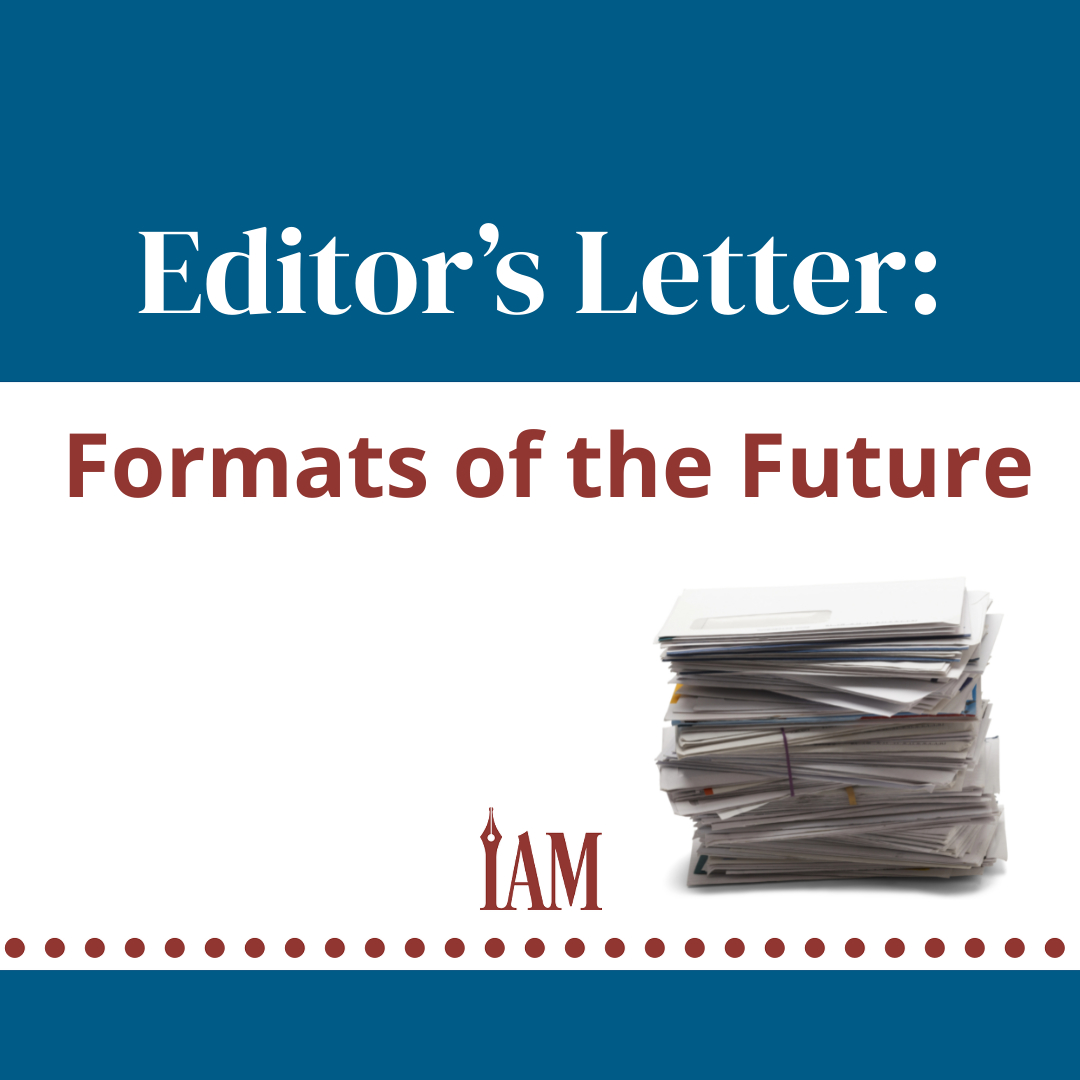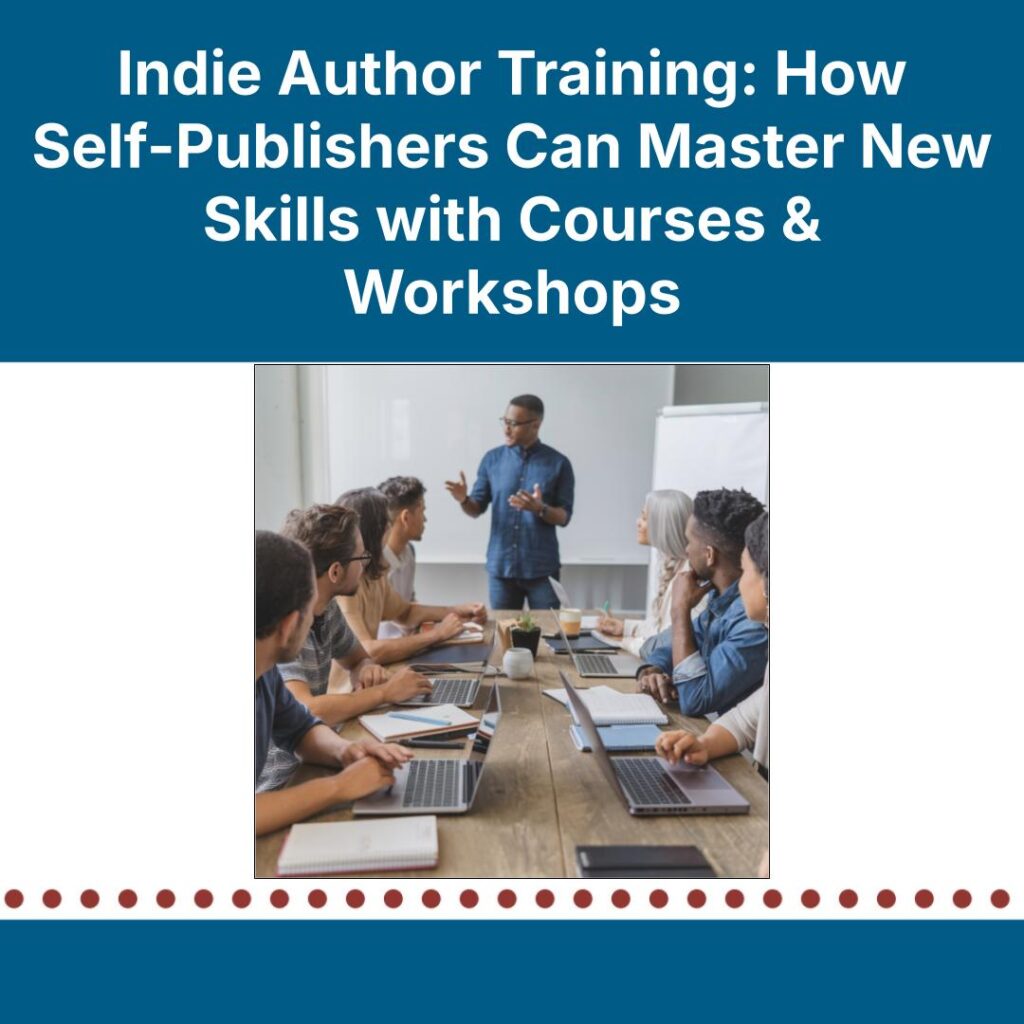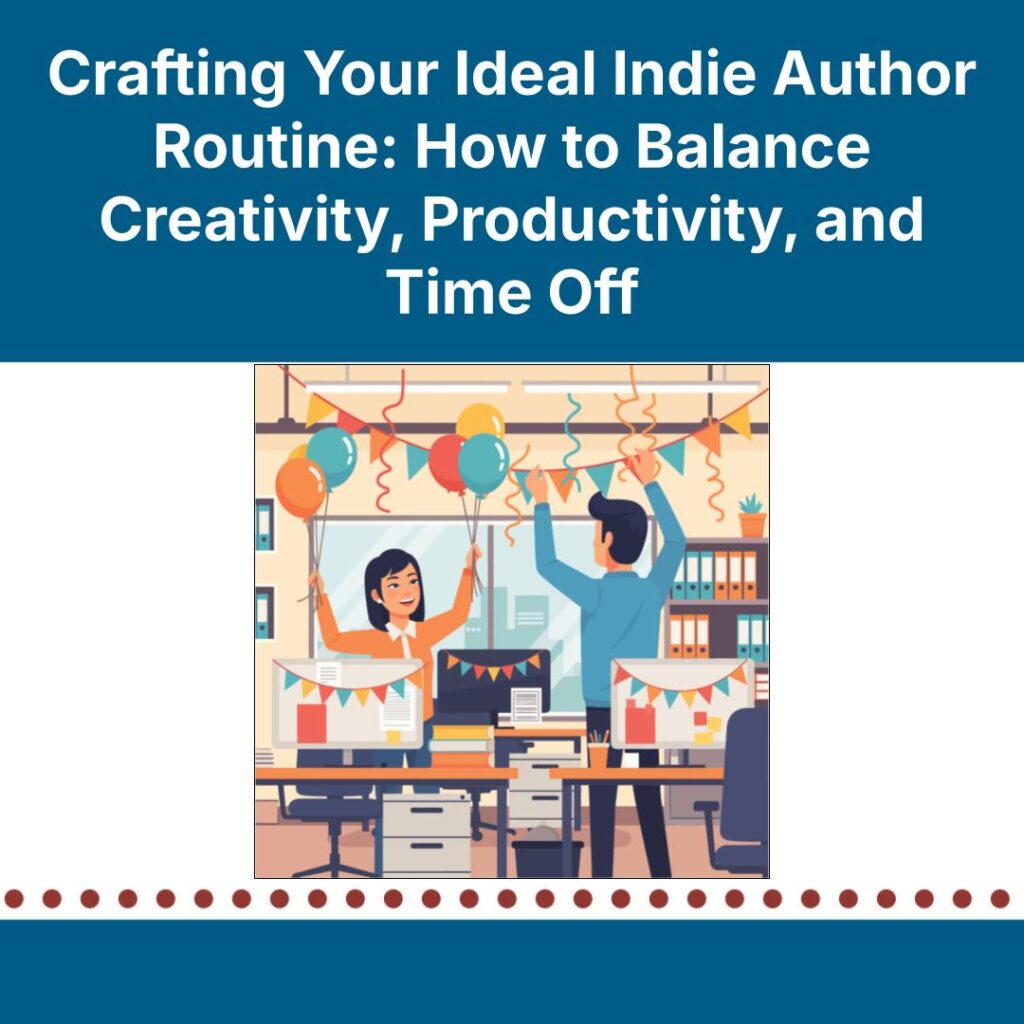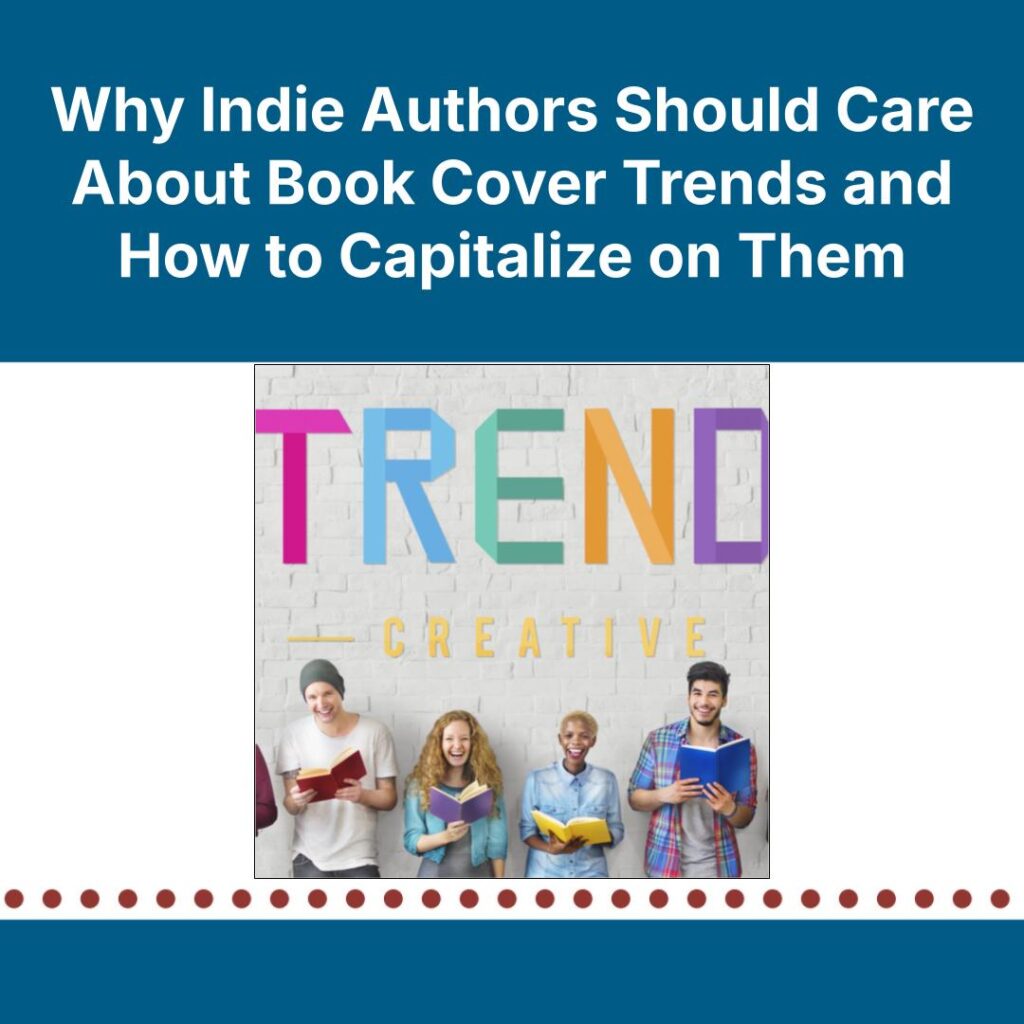Remember when the publishing industry was at odds about whether e-books would replace print books? It’s an almost comical debate to consider now, given how integral both are to many of our careers. But it’s far from the only time the book world has pitted one format against another. Just look at the posts on Instagram and TikTok today about whether listening to audiobooks counts as reading, or consider the way readers will snap up specialty hardcover editions of a series they already own in paperback.
Before any of us became authors ourselves, we probably never stopped to consider what goes into creating these extra editions. After all, it’s all the same story, right? But as you likely know, and as this month’s articles highlight, each new format we release costs time, effort, and often money. E-books need to adhere to different requirements on each platform. Special editions take additional internal formatting or cover elements to stand out. Audiobooks may require you to prep information sheets before handing the manuscript off to a narrator or make edits to the story itself if you opt for a full-cast narration.
None of this is to say extra formats are required; as always, the decision of what’s best for your business rests in your hands. But as software tools, specialty formatters, and AI audio platforms make other formats more accessible to authors, it will be interesting to see whether the editions we view as “standard” will expand once more, like they have since the e-book vs. paperback debate first raged.
Even in this potential future, there’s a cost to every new version of a story that’s released. That will never change. But neither will the fact that each new format can connect us with new audiences of readers, or with our current audience in new ways. Whether it’s part of your usual production in the future or an optional business decision you make today, all that work can be worth it—no debate or comparison needed.
Nicole Schroeder
Editor in Chief






